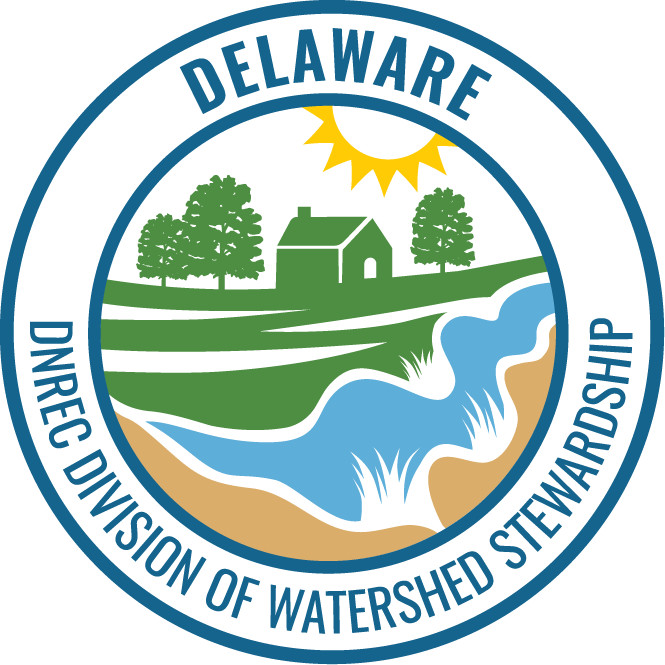
Facebook Twitter Instagram YouTube
Written on: March 22nd, 2021 in Wetland Assessments
By Erin Dorset, DNREC’s Wetland Monitoring and Assessment Program Back in December, WMAP introduced you to DNREC’s new 2017 wetlands maps. Since then, WMAP has been hard at work finalizing a report detailing the status and trends of wetlands throughout the State of Delaware. Soon, the entire report will be available, but in the meantime, […]
Written on: December 9th, 2020 in Wetland Assessments
Guest Student Writer: Sandra Demberger, M.S., recent graduate, Villanova University Boaters, kayakers, and bird watchers are drawn to salt marshes for their quiet beauty. Wildlife, ranging from great blue herons to tiny fiddler crabs, and marsh grasses rustling in the soothing breeze, all draw recreators to these coastal systems. But did you know, these seemingly […]
Written on: December 9th, 2020 in Education and Outreach
By Kate Fleming, Delaware Sea Grant When crab pots* are lost or abandoned at sea, they remain in the water, free to continue to capture blue crabs as they are designed to do. They can also capture other animals like diamondback terrapin and summer flounder. Since derelict crab pots are not tended by anyone, the […]
Written on: September 24th, 2020 in Wetland Assessments
By Alison Rogerson, DNREC’s Wetland Monitoring and Assessment Program Measuring wetland health and function is a primary task for DNREC’s Wetland Monitoring and Assessment. We work on this every year, one watershed at a time. Tracking wetland acreage across the state is also vitally important to managing Delaware’s wetland. Updating statewide wetland maps is a […]
Written on: September 17th, 2020 in Wetland Assessments
By Erin Dorset, DNREC’s Wetland Monitoring and Assessment Program Most of our wetland assessments throughout the years have been in central and southern Delaware, but in the summer of 2017, our Wetland Monitoring and Assessment crew went north to perform wetland condition assessments at 116 wetlands in the Red Lion watershed. From protocol updates to […]
Written on: September 17th, 2020 in Education and Outreach
By Amanda K. Pappas, Delaware State University What is a Dinoflagellate? Dinoflagellates are a group of microscopic, mostly unicellular aquatic protists that are members of the plankton community. They live in fresh and marine waters, spanning the tropics to the arctic. Fossil records of dinoflagellates exist that are hundreds of millions of years old, so […]
Written on: May 18th, 2020 in Wetland Animals
Colloquially known as marsh hens, the Clapper Rail (Rallus crepitans) is a vocal inhabitant of saltmarshes across the eastern coast of the United States and down into the Caribbean. Many of the first in-depth observations of Clapper Rail occurred in the mid-Atlantic, and in Delaware, Brooke Meanley documented much of their ecology. The northern Clapper Rail populations, including Delaware, have been declining based on extensive survey work conducted by the Saltmarsh Habitat Avian Research Program (SHARP).
Written on: May 15th, 2020 in Education and Outreach, Wetland Restoration
The Shoreline & Waterway Section (SWMS) manages 27 channels in all 3 counties of the State of Delaware. SWMS collaborates with WMAP to find creative and beneficial ways to use sediment dredged
Written on: May 13th, 2020 in Education and Outreach
Delaware is known for its ability to tackle complex problems by bringing its residents together to work out solutions. Among this year’s problems: planning how the state will respond to climate change.
Written on: May 13th, 2020 in Education and Outreach, Living Shorelines, Wetland Restoration
At first glance, an oyster appears to be little more than, well, a bit of goo inside a rock. But actually, the humble oyster is an environmental warrior with an impressive bag of tricks up its sleeve, and it serves as a keystone species upon which depends the health of a marine ecosystem and the surrounding marsh.